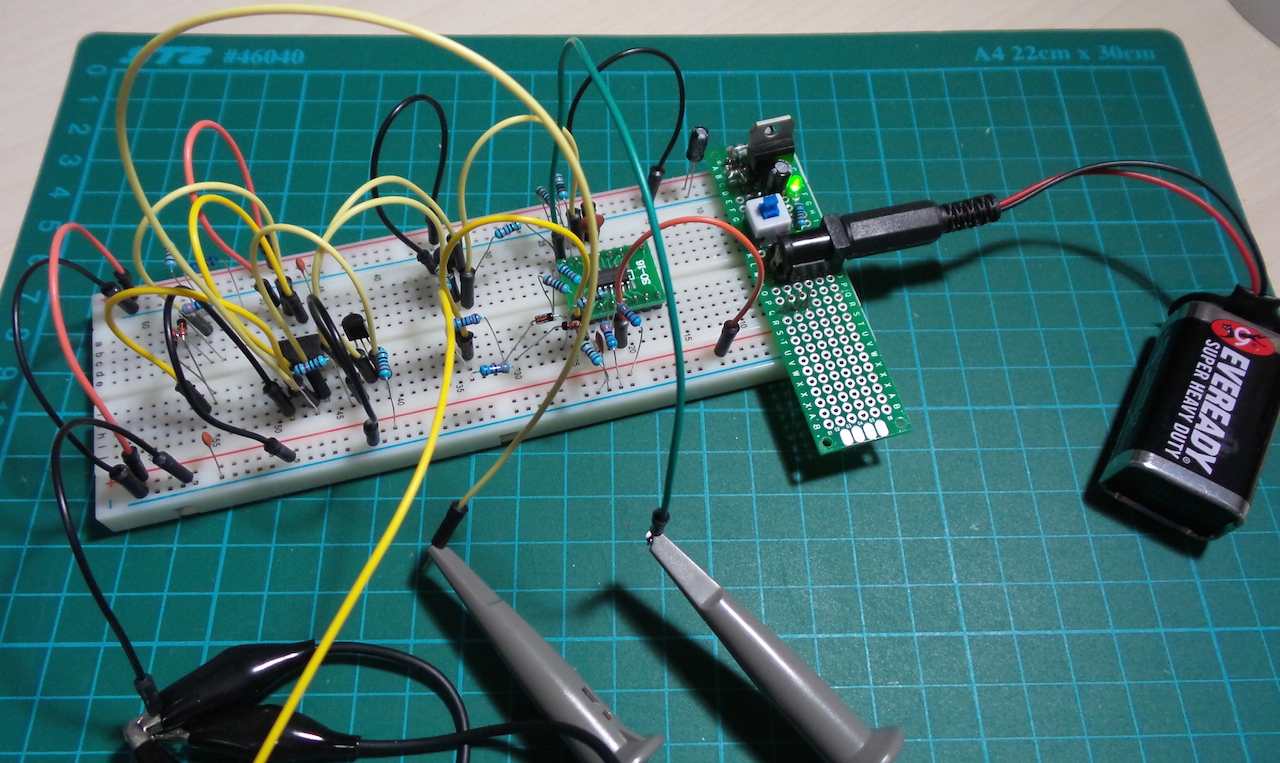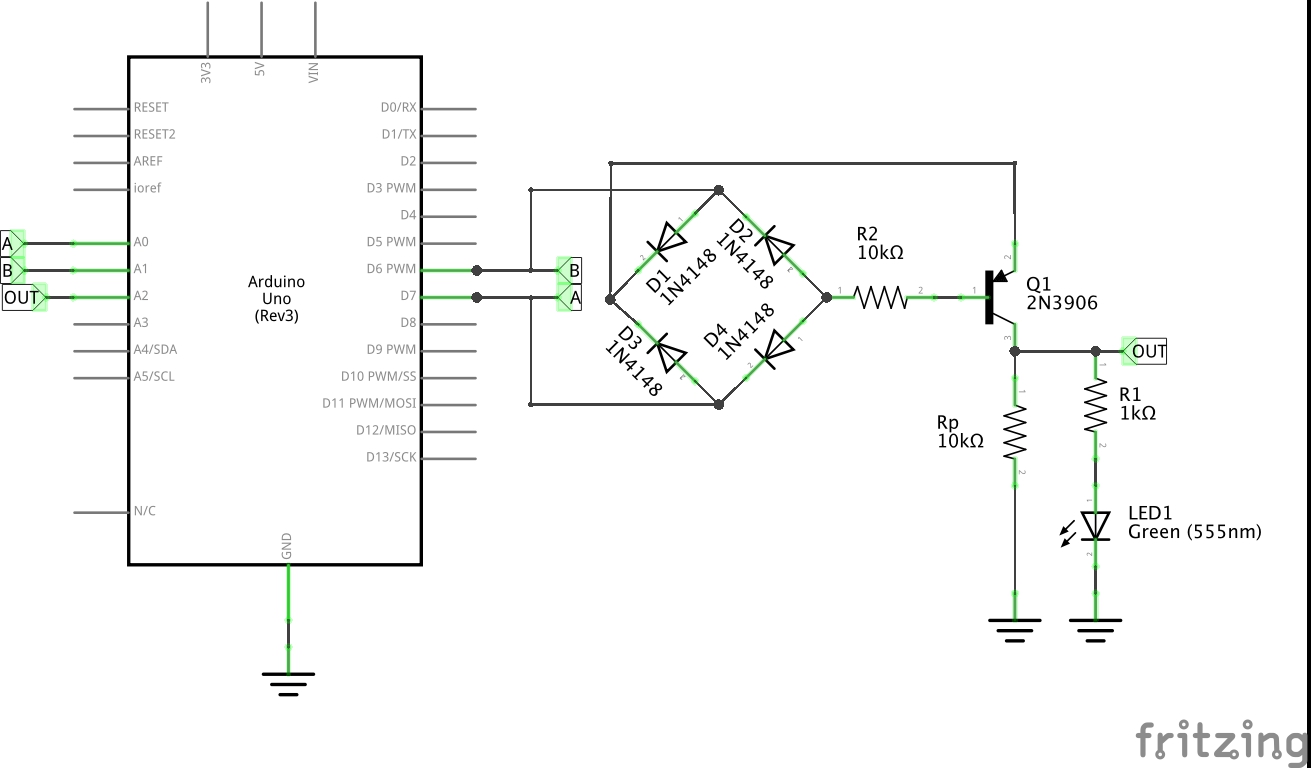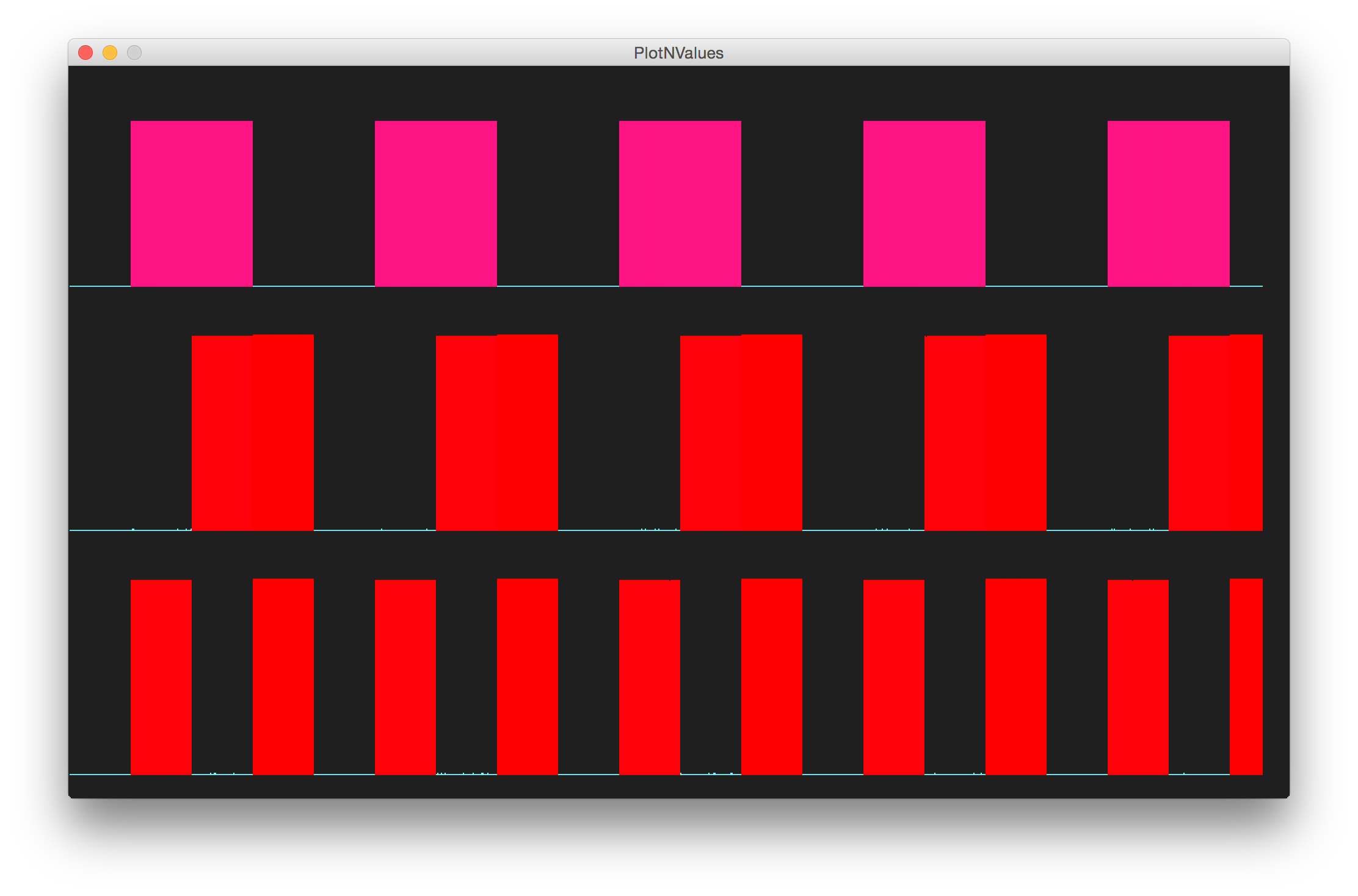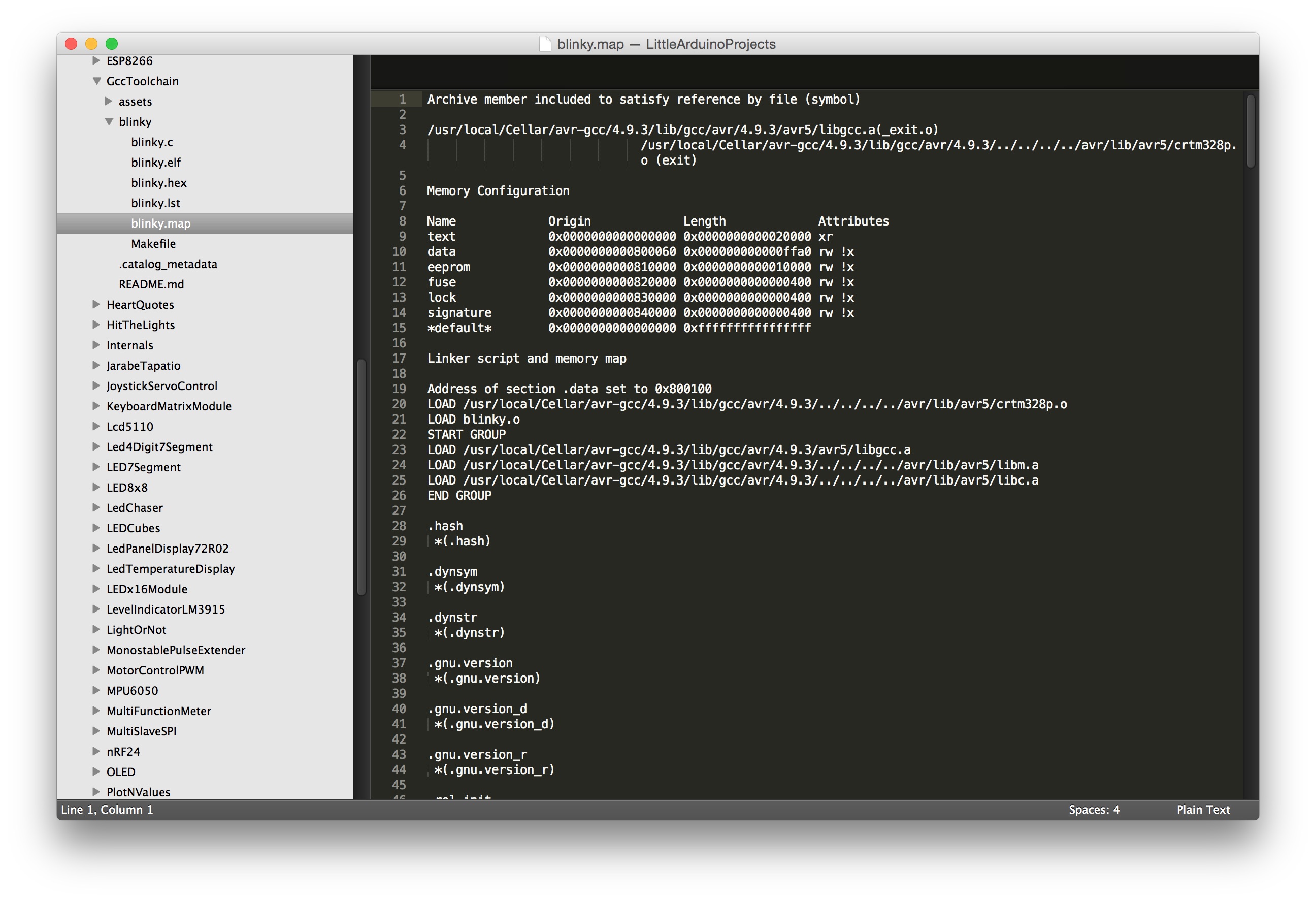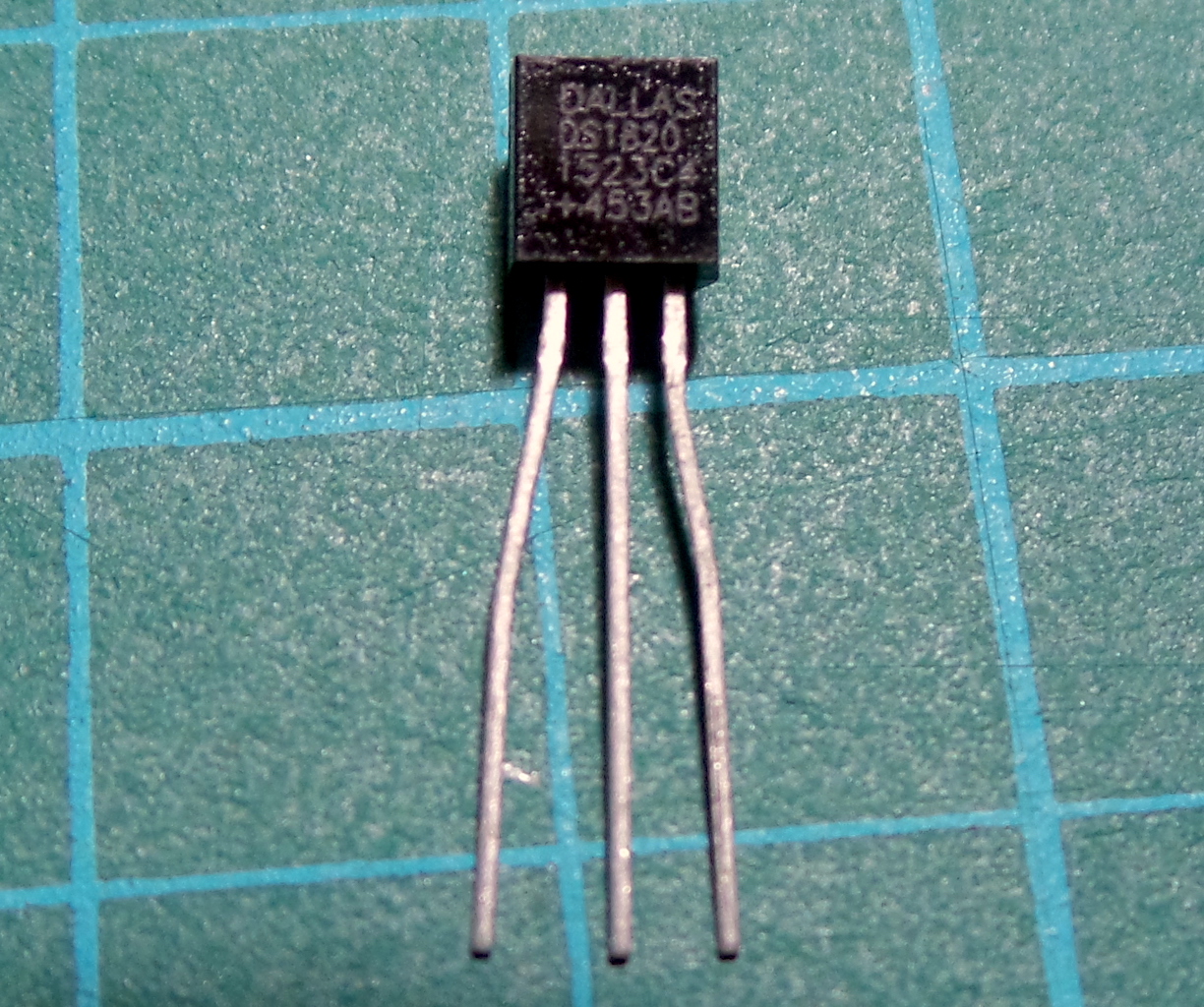LEAP#222 Stair-step Generator
Once again I'm inspired to go and build a circuit by yet another great tutorial from w2aew.
This circuit generates a stairstep waveform by an ingenious combination of 3 circuit elements:
- a "high" (265Hz) frequency pulse (555 timer) provides the charge to step-up the output
- the step pulse feeds an OpAmp pulse integrator/accumulator
- a low frequency pulse generator (OpAmp oscillator) provides the reset pulse that clears the accumulator and resets the 555
As always, all notes, schematics and code are in the Little Electronics & Arduino Projects repo on GitHub.
read more and comment..
LEAP#221 XOR with Resistor-Transistor Logic
An XOR may be constructed using combinatorial logic: an OR ANDed with a NAND. But can it be done with even more basic discrete components?
This circuit uses a diode-bridge and a single transistor - quite neat. It does mean however that there is no output buffer, in fact the output is powered from the inputs. I'm using an Arduino to drive the circuit and capture the output plot.
As always, all notes, schematics and code are in the Little Electronics & Arduino Projects repo on GitHub.
read more and comment..
LEAP#220 Arduino gcc toolchain
The Arduino IDE is the most convenient way to get started with Arduino, but it does obscure the underlying mechanics of building software for an Arduino.
How to do it from scratch? This is my experiement and guide to building software for an Arduino from the command line. I use a Mac and homebrew, so it is somewhat MacOSX-specific.
As always, all notes, schematics and code are in the Little Electronics & Arduino Projects repo on GitHub.
read more and comment..
LEAP#219 DS18S20 1-Wire Reading
Another way to measure temperatures, this time the DS18S20 - an inexpensive 1-Wire digital thermometer with a range of -55°C to +125°C, at ±0.5°C accuracy from -10°C to +85°C.
It comes in TO-92 packaging and may be powered directly (using three pins), or take parasitic power from the data line (using two pins). This makes it ideal for pin-starved microcontrollers that need a decent ambient temperature reading. In this project, I'm just exercising the sensor with a simple Arduino sketch.
As always, all notes, schematics and code are in the Little Electronics & Arduino Projects repo on GitHub.
read more and comment..

